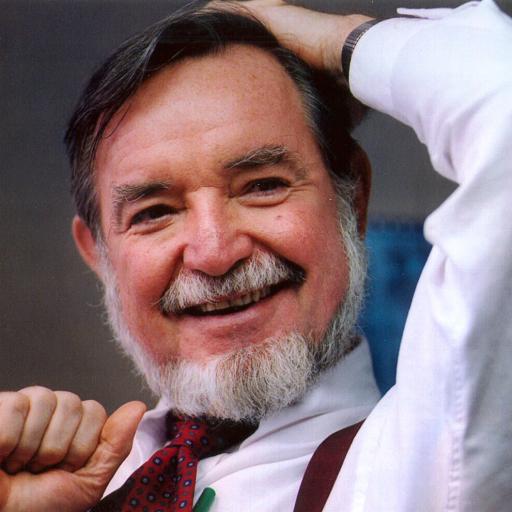
State or Province:
country:
USwhat are your gifts and talents?:
why do you want to join abcd in action?:
Beware of “Community”: An Amoeba Word
Many current programs, policies, plans and initiatives are described as fostering “community” engagement, “community” participation, “community” co-production, “community” coalition, “community” power, “community” capacity etc. While each has “community” in common, in particular the word is used to reference such diverse entities as the residence of Chicago, the collectors of Brazilian stamps, scholars who study amphibians and a network of skydivers. This diversity of meanings demonstrates that the word “community” tells us almost nothing about the object referred to. “Community” is what social historian Ivan Illich called an “amoeba word,” referring to a constantly shape-shifting form with no constant boundaries. He said, “These ‘amoeba words’ are like a stone thrown into a conversation that makes waves, but never hits anything.
Frequently, “community” efforts fail or flounder because they don’t hit anything. They have no specific clarity as to what the shape of their “community” is. So, when they seek to involve the “community” they often create a wave that hits nothing. Many of the “community” engagers specifically mean “neighborhood” when they use the word – a space-bound, place-based definition. It is within this relatively small space that they seek engagement and change. But what do they want to engage in this space? Specifically?
One way of being specific is to identify the basic elements of the neighborhood. These elements are the actionable assets in this place. There are at least six of these assets in most neighborhoods." *
- The talents of the individual residents
- The groups of individuals pooling their talents through associations
- The very local institutions:
- Governmental Institutions– libraries, post offices, schools, parks, etc.
- For-Profit Institutions – barber shops, restaurants, bowling alleys, copy shops, etc.
- Not-for-Profit Institutions – a youth center, a clinic, churches, a neighborhood arts center, etc.
- The land and improvements that create the physical environment of the place
- The daily exchanges among residents including giving, sharing, bartering, trading, buying, selling etc.
- The neighborhood story that provides a cultural base for preserving heritage and remembering what has been done in the neighborhood that worked.
These six assets are the basic building blocks in a neighborhood. They are sensible. You can see them, hear them and touch them unlike “community” which has no sense.
Of course, these six elements do not stand alone. They are intricately interconnected. Their power grows as they are increasingly connected. Indeed, almost every story of “community” improvement is about unconnected assets becoming connected.
This asset-based understanding of a “community” called neighborhood allows the “community” helping classes to say with clarity and specificity, “We know about neighborhood assets and how their connection creates power. That’s why our “community work” is designed to support local connectedness. We evaluate ourselves by whether residents and their associations are more powerful because of our supporting engagement.”
* For further information regarding neighborhood assets see Building Communities from the Inside Out by John Kretzmann and John McKnight, ACTA Publications, Chicago, IL, 1993
